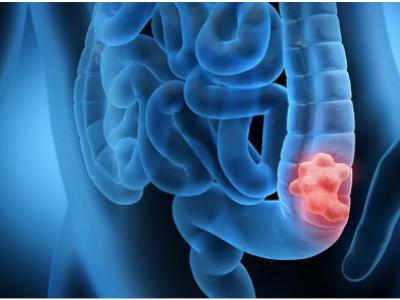
- Published on 09-Mar-2022
- 0 Likes
- 0 Comments
- 145 Times Read
Rates of prostate cancer vary widely across the world. It is least common in South and East Asia, more common in Europe, though the rates vary widely between countries, and most common in the United States. According to the American Cancer Society, prostate cancer is least common among Asian men and most common among black men with figures for European men in between. However, these high rates may be affected by increasing rates of detection. Although prostate cancer can sometimes strike younger men, the risk of getting it increases with age and more than seventy percent of men diagnosed with the disease are over the age of sixty five.
Prostate cancer can occur in men only; the prostate is exculsively of the male reproductive tract. Prostate cancer is a disease in which cancer develops in the prostate of the male reproductive system, this happens when cells in the prostate begin to grow out of control and can then invade nearby tissues or spread throughout the body. Large collections of this out of control tissue are called tumors.
The tumor usually grows slowly and remains confined to the gland for many years. During this time, the tumor produces little or no symptoms or outward signs (abnormalities on physical examination). As the cancer advances, however, it can spread beyond the prostate into the surrounding tissues (local spread). Moreover, the cancer also can metastasize (spread even farther) throughout other areas of the body, such as the bones, lungs, and liver. Symptoms and signs, therefore, are more often associated with advanced prostate cancer. Prostate cancer may cause pain, difficulty in urinating, erectile dysfunction and other symptoms.
The cause of prostate cancer has not been identified but the cancer is thought to be related to benign prostatic hypertrophy (BHP).
The risk factors of prostate cancer include advancing age, heredity, hormonal influences, and such enviromental toxins, chemicals, and industrial products. The best way to try and prevent prostate cancer is to modify the risk factors for the disease that you have control over. You may want to try to eat a low fat diet that is rich in fruits and vegetables. Certain foods, vitamins and minerals have been suggested to decrease your chances of getting prostate cancer, however doctors are still studying more data before any particular food or supplement can be endorsed for preventing the disease.
Currently, there are studies looking at selenium, lycopen, vitamin A and other retinoids, vitamin D, vitamin E, and soy for prostate cancer prevention.
Since prostate cancer is a disease of older men, many will die of other causes before the disease can spread or cause symptoms. Deciding on treatment can be daunting not only because there are far better options for treatment today that they were ten years ago but also because not enough relaiable data are available on which to base the decisions. Prostate cancer can be treated with surgery, radiation therapy, hormone therapy, occasionally chemotherapy, or some combination of these.
Most men who have the risk factors do not get the disease, on the other hand men who do get the disease often have no known risk factors, except for growing older. If you think that you may be at risk, you should consult your doctor immediately so that you may be given suggestions on ways of reducing your risk and can plan scheduled check-ups.




0 Comments